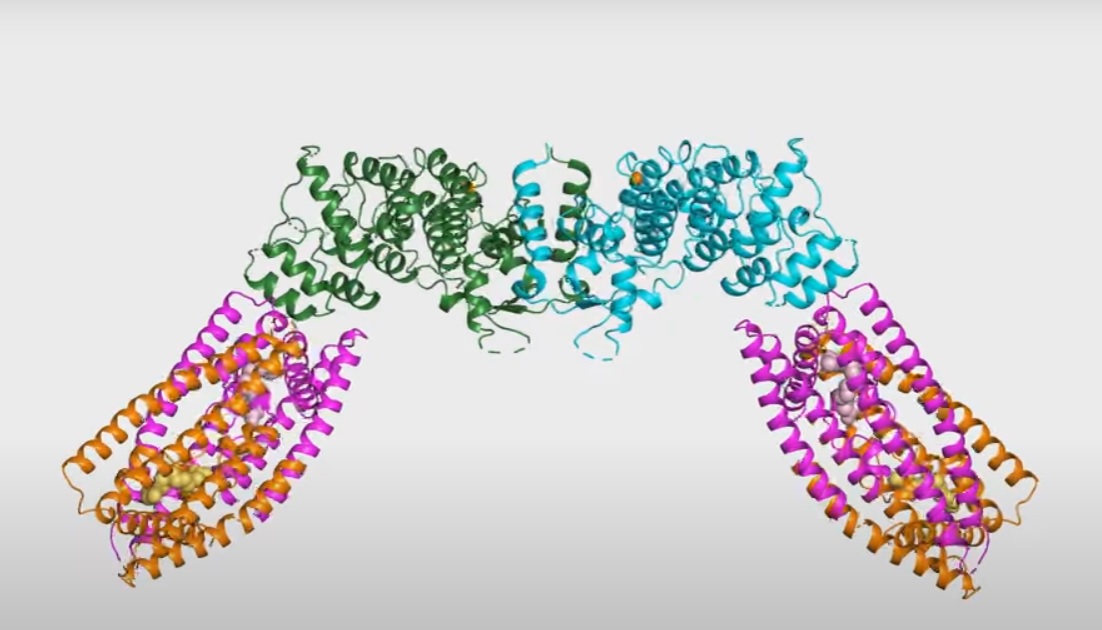
Structure of Plant Immunity Protein Revealed 25 Years After Discovery
May 18, 2022| |
NPR1 is a plant protein that plays a key role in protecting flowering plants against numerous pathogens. Discovered 25 years ago, scientists have finally gathered its structural data that is crucial in explaining how the protein works to govern plant protection on a molecular level.
Scientists used x-ray crystallography and Cryo-electron microscopy to obtain the protein's structure. These helped capture high resolution images of NPR1, revealing that two NPR1 proteins come together to form a bird-like shape. It is comprised of a central Broad-complex, Tramtrack and Bric-a-brac (BTB) domain, a BTB and carboxyterminal Kelch helix bundle, four ankyrin repeats and a disordered salicylic-acid-binding domain. At the tip of the "wings", NPR1 binds to molecules in the cell's nucleus to turn on plant immune genes.
Understanding how the protein works and interacts with other molecules encourages more research opportunities for enhancing disease resistance in plants. The new images can help researchers develop plants with high NPR1 levels that are better immune to pathogens without limiting plant growth rate, a common consequence of high NPR1 levels. Researchers would also like to find out how NPR1 folds into a new shape when an infection activates the protein's response.
The details of the study are published by Nature and reported by the Howard Hughes Medical Institute .
| |
You might also like:
- NPR1-Expressing Cotton Plants Resist Fungal and Nematode Attacks
- GhNPR1 Plays an Important Role in the Defense Response of Gladiolus
- Dual Internal Clocks Keep Plant Defenses on Schedule
Biotech Updates is a weekly newsletter of ISAAA, a not-for-profit organization. It is distributed for free to over 22,000 subscribers worldwide to inform them about the key developments in biosciences, especially in biotechnology. Your support will help us in our mission to feed the world with knowledge. You can help by donating as little as $10.
-
See more articles:
-
News from Around the World
- Gene Drive Organisms: There is No One Size Fits All
- Gene Discovery Set to Improve Wheat Yields and Increase Protein Content by Up to 25%
- New Gene That Can Increase Yield in Wheat Identified by US Scientists
- Scientists Grow Plants in Soil from the Moon for the First Time
- China to Approve More GM Maize Varieties - Agri Ministry
-
Research Highlights
- Structure of Plant Immunity Protein Revealed 25 Years After Discovery
- API5 Enhances Virus Resistance in Potatoes
- Experts Boost Anthocyanin Content of Radish Sprouts
-
Read the latest: - Biotech Updates (December 10, 2025)
- Gene Editing Supplement (November 26, 2025)
- Gene Drive Supplement (February 22, 2023)
-
Subscribe to BU: - Share
- Tweet

